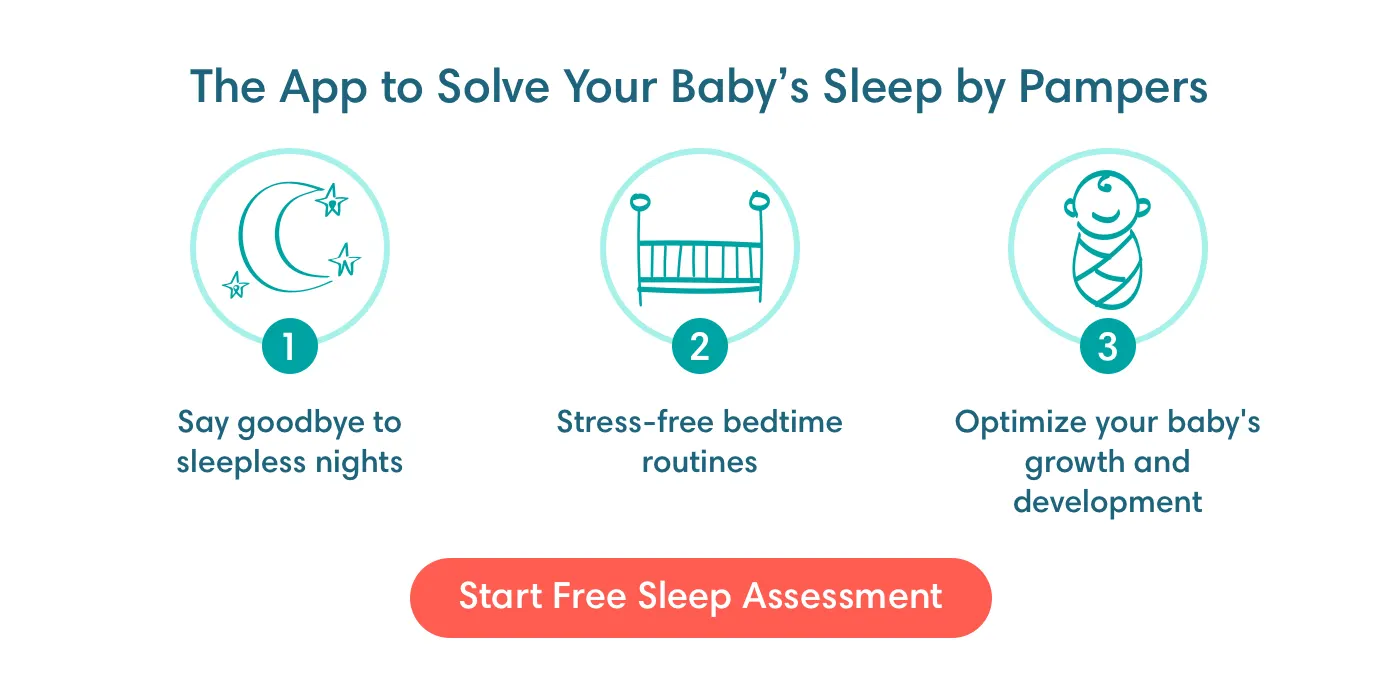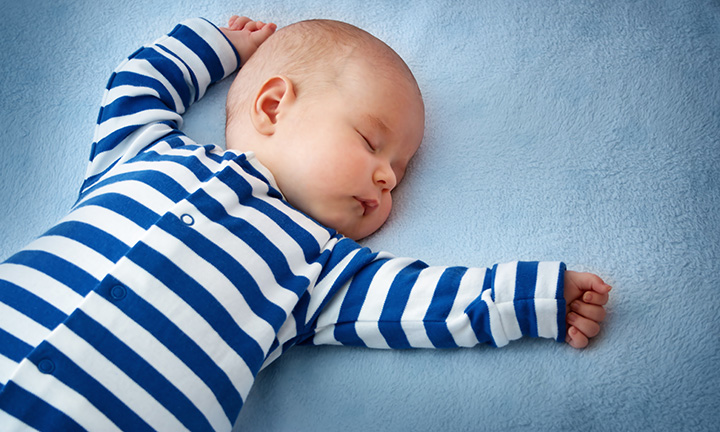
When to Transition From Cot to Toddler Bed
Is your toddler ready to graduate from their cot to a bed? This may be an exciting milestone for your child, and they may look forward to this newfound freedom and status. However, this also means more work for you: choosing the right bed for your little one, getting them to stay in bed at night, creating a safe sleeping environment and doing all the other little things that will make this big step easier and more fun. Read all about how, when and what to do as the time comes to move your toddler from their cot to a bed.
First Signs Your Child Is Ready for a Toddler Bed
Toddlers usually move from their cot to a toddler bed when they’re between 18 and 24 months old or 90cm tall – you can track their height and weight here. One of the first signs your child is ready for a toddler bed is that they may now be too active to stay in a cot. They will have much better control of where they are going, meaning that they are more likely not to fall out of a bigger bed when they get one (although some older children will still do this!). Sometimes your toddler is ready to enjoy their bigger bed, but there are times when leaving the comfort of the old cot can be a little more difficult for them. We have some handy suggestions that will help make the move smoother and easier for everyone. A telling sign that your child no longer needs their cot is their level of activity – if they are now able to climb out of the cot by themselves when the mattress is at its lowest setting, they are safer out of it. This typically happens when your child is about 2 years old.
Getting a new bed can be very exciting for a little child. They might even be involved in choosing their own bed or deciding how to have things in their room. The first big bed will be a place of adventure, and it will quickly get filled with toys. Bedding will be turned into a tent, a raft or any other fun game!
How to Make Going From a Cot to a Bed Easier
If your toddler is struggling to adapt or resisting all together, there are a few things that you can do to make them feel better about the move. These include putting a mattress on the floor, getting a toddler bed with a guard rail – which has the look and feel of their old cot bars – and using night-lights to make their new environment cosy and inviting. If your toddler is prone to ‘the great escape’, you should also get a baby gate to keep them in their room or from tumbling down the stairs. It might also help to explain to your child that they need to stay in their room until the morning, promoting the idea that their new bed is for sleeping in, just like the cot was.
What Type of Bed to Use
There are various options when it comes to moving your child out of their cot and into a toddler bed – including not using a toddler bed immediately. Do what suits you and your little one best. Here are some ideas that may help you in making the move:
Getting Your Toddler to Stay in Their Bed
It’s finally happened: your little one has graduated to a bed! Now the fun begins – or the wracked nerves! Without the confinement of the cot bars, your child could start climbing out of bed in the middle of the night and wandering off to explore. Have a look at the following advice that might just help keep your toddler in bed and get them back into the bed if they get up and wander about during the night:
How to Keep Your Toddler in Bed
Here are some tips for keeping your toddler in bed:
How to Help Your Toddler Get Back to Bed
Follow this step-by-step approach to getting your toddler back into bed if they have climbed out and wandered off:
You may need to repeat some of these steps several times in a single night. The best piece of advice is to remain calm and keep your interactions brief and low-key, maybe even boring, and not to reward your child with too much attention. Consistency and sensitivity can help you put an end to night-time escapes and let them know that you expect them to stay in their bed until it is time to get up. If your toddler does stay in bed throughout the night (or stays in bed apart from needing the toilet), pile on the praise in the morning. Tell them how pleased you are and how proud they should feel that they managed to sleep all through the night in their very own bed.
Note on Childproofing and Safety
It isn’t always possible to keep your toddler from climbing out of bed at night and wandering around. This is why childproofing your toddler’s room is a good idea before they become more mobile and independent. Here are some ways to childproof your toddler’s bedroom before they make the move from cot to bed:
FAQs at a Glance
Usually at about 18 months of age, your child will have become a lot more mobile. They will probably be about 90cm tall and able to climb out of their cot.
The Bottom Line
Moving your toddler from their cot into a bed is definitely a time of change. Your child may enjoy the freedom of moving from the confinement of a cot with bars to a roomy and open bed. However, with this newfound freedom comes a new set of challenges, including your child climbing out of bed at night and wandering off – probably to find you! Before you move your toddler into their own bed, think about what type of bed you’d like for your toddler and whether you’d like to start with a mattress on the floor first. Consider the use of guard rails on a toddler bed for comfort and security.
Make sure your child’s bedroom is a safe place by securing furniture, locking drawers and doors that they shouldn’t access and using covers over unused sockets. If you have a little climber on your hands, make sure the area around the bed is free of large toys or furniture that they could use to climb out.
Set a good bedtime routine to settle your child in and encourage them to stay in bed until the morning, unless they need to get up for a wee in the night. When you say goodnight, assure your little one that you’ll check on them now and then. When the morning comes, praise them for sleeping in their own bed.
The information in this article is based on the expert advice found in trusted medical and government sources, such as the National Health Service (NHS). You can find a full list of sources used for this article below. The content on this page should not replace professional medical advice. Always consult medical professionals for full diagnosis and treatment.






